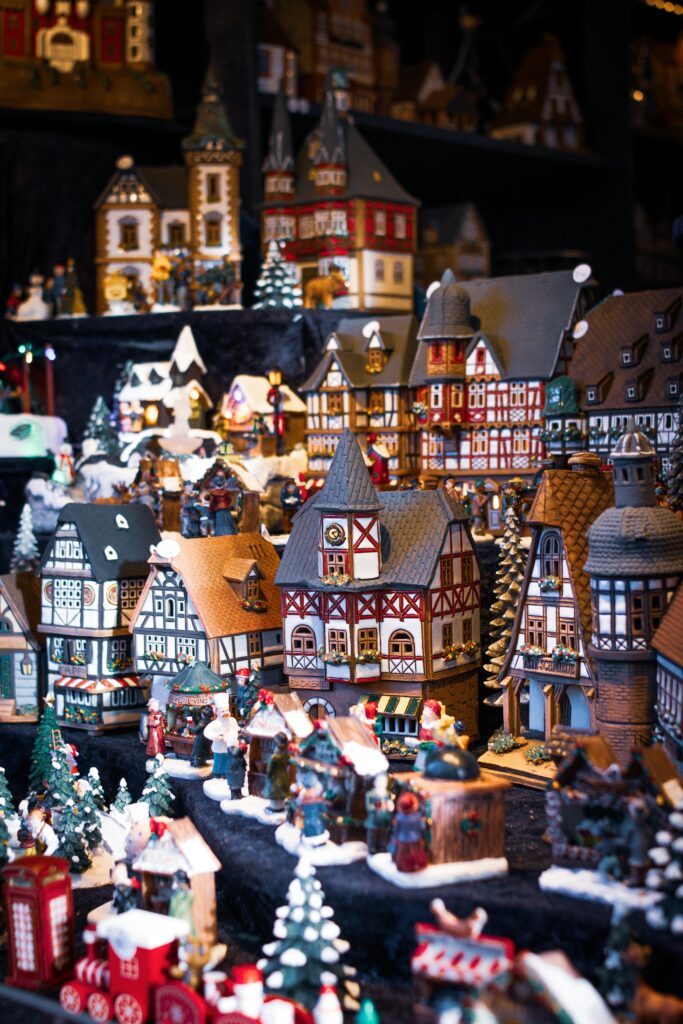
First, let’s get one thing out of the way: If you’re fixated on that word above (putz), I want you to get your mind out of the gutter. We are NOT talking about that Yiddish term. What we are talking about is the history of the Christmas village. The Christmas village is a staple of holiday decorating in so many American homes. Some favor scenes built with lighted, ceramic buildings from manufacturers like Department 56/Dickens Village and others. But the tradition of the Christmas village actually goes back to the mid 1800s in places like Bethlehem, PA.

History of The Christmas Village: The Beginning
You can trace the start of American Christmas villages to German immigrants, in the mid 1800s. Germany, the birthplace of the Christmas tree, is known for its beautiful Christmas decorations even to this day. These German immigrants brought this love of Christmas and Christmas decorating to the U.S. when they arrived. At first, they made their Christmas scenes from local, natural materials that they gathered in the Fall of the year. They made fences from tree branches and bark. They made mountains from large rocks and trees from twigs and goose feathers, dyed green.
Most of these villages were set up on a table in their homes or under the Christmas tree. They used candles to illuminate these scenes and even carved figures and animals to include. Most Christmas villages had a representation of the nativity at the center of the village.
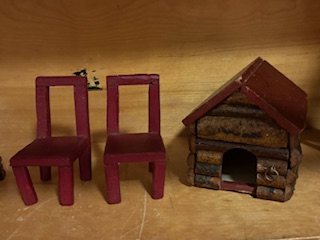
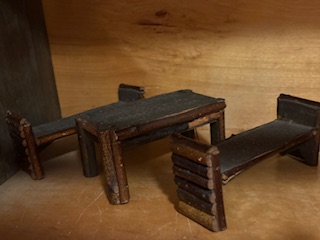
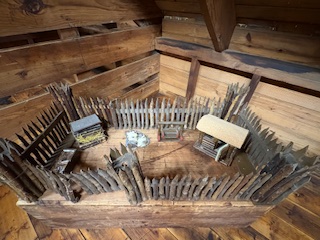
History of The Christmas Village: How Putz Became Synonymous with Christmas Village
First, let’s define the term putz, that has become synonymous with the Christmas village. Putz originated from a German word, putzen, which means to decorate. German immigrants would putzen (decorate) their houses with these villages at Christmas. Over time, the word was shortened and these villages came to be know as putzes.
At the end of the 1800’s, with the Victorian Era in full swing, Americans started adopting the tradition of errecting these putzes/villages. But unlike the earlier immigrant villages, the housing styles of the day were adapted into the scenes with more ornate and colorful, Victorian-style houses and gingerbread trim. Fences went from split-rail and bark covered to wrought iron and picket.
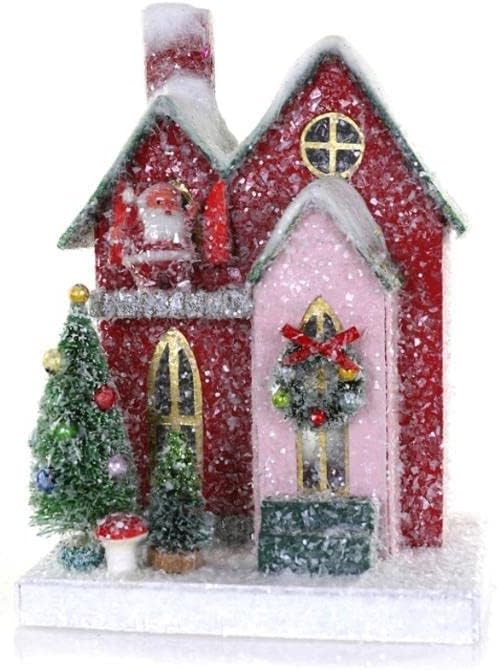
Putz Houses
By the 1920’s the trend changed further. With cardboard more readily available and factory manufacturing, Christmas village houses began to be mass-produced in thousands of cardboard shapes and styles. Today, these cardboard houses, that were produced until the 1950’s, are referred to as “putz houses.” And they are highly sought-after and collected. A few manufacturers, including Cody Foster, create new putz houses with a look of the vintage Japanese-made ones and many people collect and treasure them too.
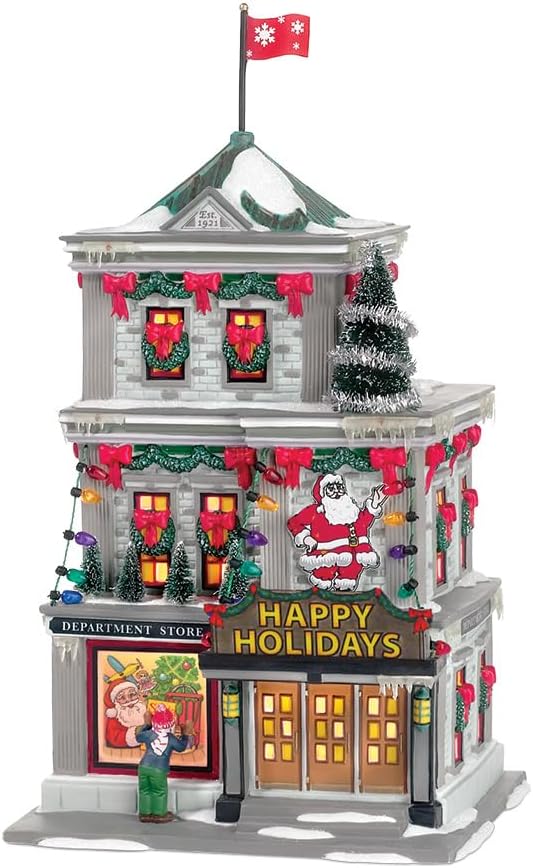
Insider Tip: Whether you’re searching for antique village pieces from the 1800’s or vintage cardboard putz houses from the 1920’s, thrift and consignment stores, like Consignments Ltd., should be a first stop. They also often carry all types of lighted, ceramic pieces from more modern makers. And you can’t beat the prices.
So that’s it. A brief history of Christmas villages. You may even have a village yourself, and not have known this is how it all started? But I hope you enjoyed it. And if you’re hungry for more things Christmas, check out my previous blogs like: Thrift Your Christmas Decor and The Christmas Ornament Story.
And Now For A Little Music Before We Go…
Have a merry day, my friends. Marianne
Disclosure: This post may contain affiliate links. If you make a purchase through these links, we may earn a small commission at no extra cost to you. To read our full affiliate policy, click here. Thank you for supporting our blog!

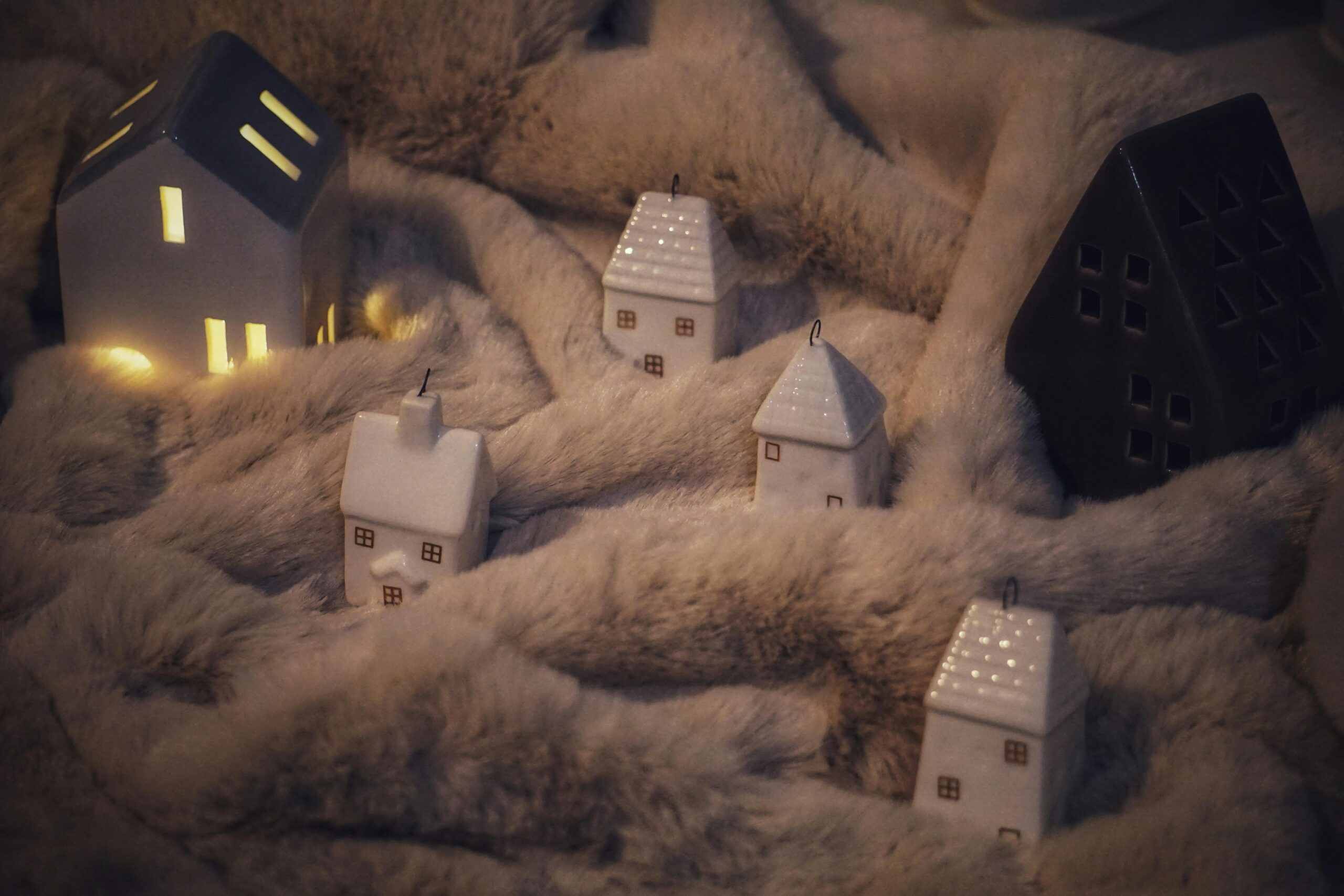
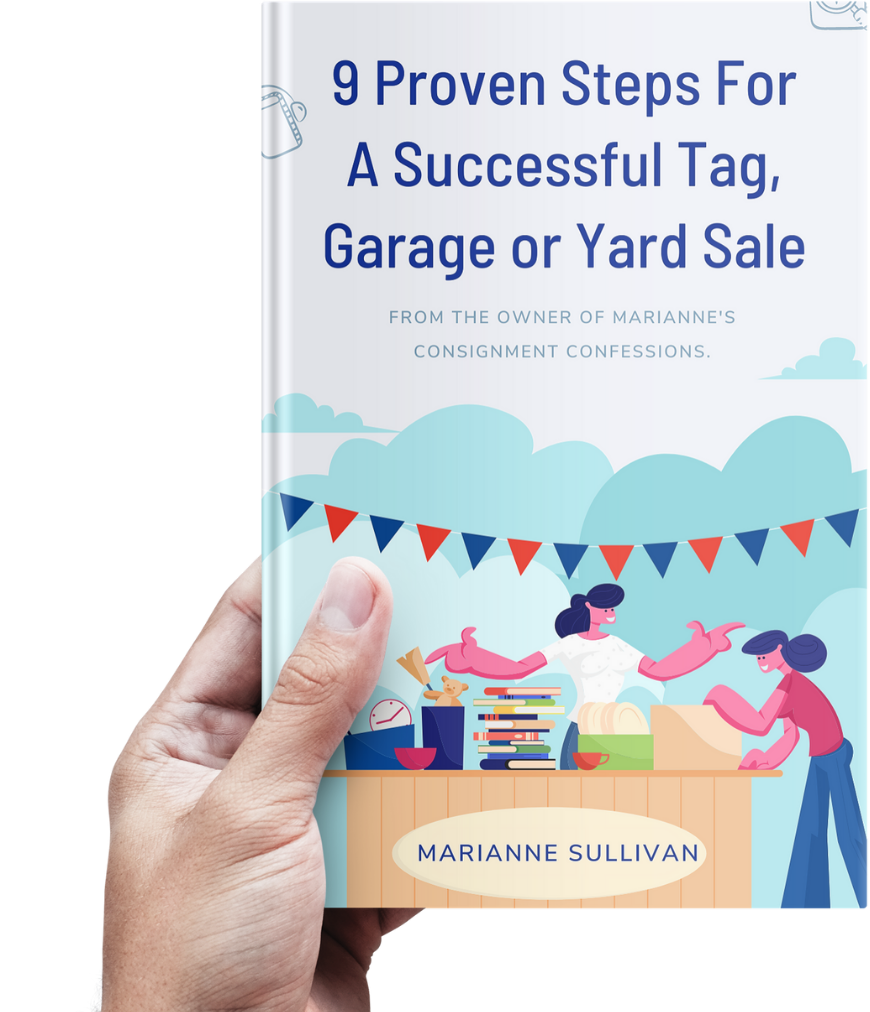




No Comments